The source/history of the approach
The purpose of visualisation is to explain complex processes with a combination of graphics, text and images. The power of visualization lies in the fact that our mind recognizes objects quickly but we do not recall so well from memory (ref. Jeff Johnson: Designing the Mind in Mind). Perception is culturally and socially biased and our capacity for concentration is short.
How we interpret visual messages is based on the theories of seeing. A central theory for visualisations is The Gestalt-principle, which takes advantage of how people perceive, combine and interpret visual patterns subconsciously all the time. Seeing is faster than reading and listening.
People have always created visualisations (like cave paintings, maps), but the era of modern visualisation dates back to the 19th Century when data visualisations began to be used in textbooks. The usage of graphics expanded in Science curriculums, especially in Natural Sciences. In 1967, French cartographer Jacques Bertin published a book, Semiologie Graphique, which is considered as laying the theoretical foundation for data visualization.
The biggest change came, however, in the late 20th and early 21st Century with digitalisation and the World Wide Web. Data processing created more data to be visualised. Computers, iPads and applications made visualizations and their publication possible for everyone.
The aims of the methodology
Interpreting visuals is six times faster than reading the text. Visualisation is a fast way to deliver the message. Visual messages are global even if the interpretation may sometimes be culturally biased. Through visualisation, you can create globally understandable messages; think for instance IKEA’s pictorial instructions for setting up their furniture.
Visualisation engages the audience and holds their attention. Simple graphics can help us comprehend complex data. Visualisation also works as tool for memorisation. We remember 65% of the data presented with combined words and pictures, 35% of data presented through images alone, and only 10% of text
Some examples of visualisation methods are: 1) visual notes of a presentation and 2) infographics. The first is live graphical recording of an event, the latter simplifies a complicated subject into a captivating experience and you can spend more time creating it. Infographics present accurate data, graphs, numbers and simplified tables along with the text and images.
The structure of the methodology
The methodology starts with an abstract or complicated idea or presentation which is transformed into a graphical presentation in order to clarify the meaning of the complex idea of the original text. Ideas visualised can be formulas, processes, lectures, statistical data or kinds of stories.
An iconography of the most frequently used visual signs and symbols is created to illustrate typical ideas. The story is created by combining graphical elements and text to convey the fundamental idea of the original story.
The possible benefits of applying it to the field of Youth Work
The visual notes and infographics help youth workers bring their message to young people in a fast and captivating way. Reading has become less and less popular among the youth, which makes graphics and visualisation a powerful media for reaching your audience.
The social media tools used most frequently by young people (WhatsApp, Snapchat and Instagram) are powerful channels to distribute visual messages. Visualisation speaks the language of young people.
Visualisation can help to explain youth work processes to other professionals and to explain services for young people. Visualisation is also a powerful tool when presenting the achievements of your work to stakeholders, decision makers and funders.
Aspects to take into consideration when using this approach in youth work
Visualisation is time-consuming. It takes time to get used to the method and to practise before heading in to the visualisation task itself. Live sketching requires lots of practice. You may find it helpful to practise drawing the most common imagery of your field. Most people are not used to drawing and are outside their comfort zone. It takes time to achieve a level in which you are satisfied with your work. Preparation starts with practising generic things.
Implementation depends on the kind of visualisation you are doing. In order to master live sketching you have to have practiced a lot. With infographics you can start creating visualisations from the beginning.
It is important to search for examples. Select the ones to which you have the capacity, skills and resources to produce.
Start the process with the pens and paper. You can then move to digital platforms, which enable reuse of the material and easy editing.
Possible combinations with other methodologies
Visualisation can be combined with digital storytelling (one minute movies and animations). You can visualise the manuscript of the video to make the production of the video faster.
Concrete methods of visualisation you can use in your activities are infographics and live visual notes.
Examples of the methodology being applied in youth work, in different contexts
Some examples of visualisations in the field of youth work:
The EU Youth Report is published every two years. The report is prepared by the European Commission and draws on information from national governments and young people themselves. Compare key statistics by country with these infographics. Source: https://ec.europa.eu/youth/policy/implementation/report-in-fographics_en
World Bank: Jobs for the Youth, Infographics: http://www.worldbank.org/en/news/feature/2013/10/08/In-fographic-Jobs-for-Youth
Brochure on the Searching Youth Work by the City of Jyväskylä with powerful visualisations ((In Finnish):
https://www.jyvaskyla.fi/sites/default/files/atoms/files/lataa_ja_tulosta_etsivan_nuorisotyon_esite.pdf
Visualisation Tutorial
Author
The methodological description is based on the text produced by Jarmo Röksä. Developing Youth Work Innovation. E-handbook. Project Future Labs. Erasmus+, KA2, 2019. Publication of Humak University of Applied Sciences, page 81.



